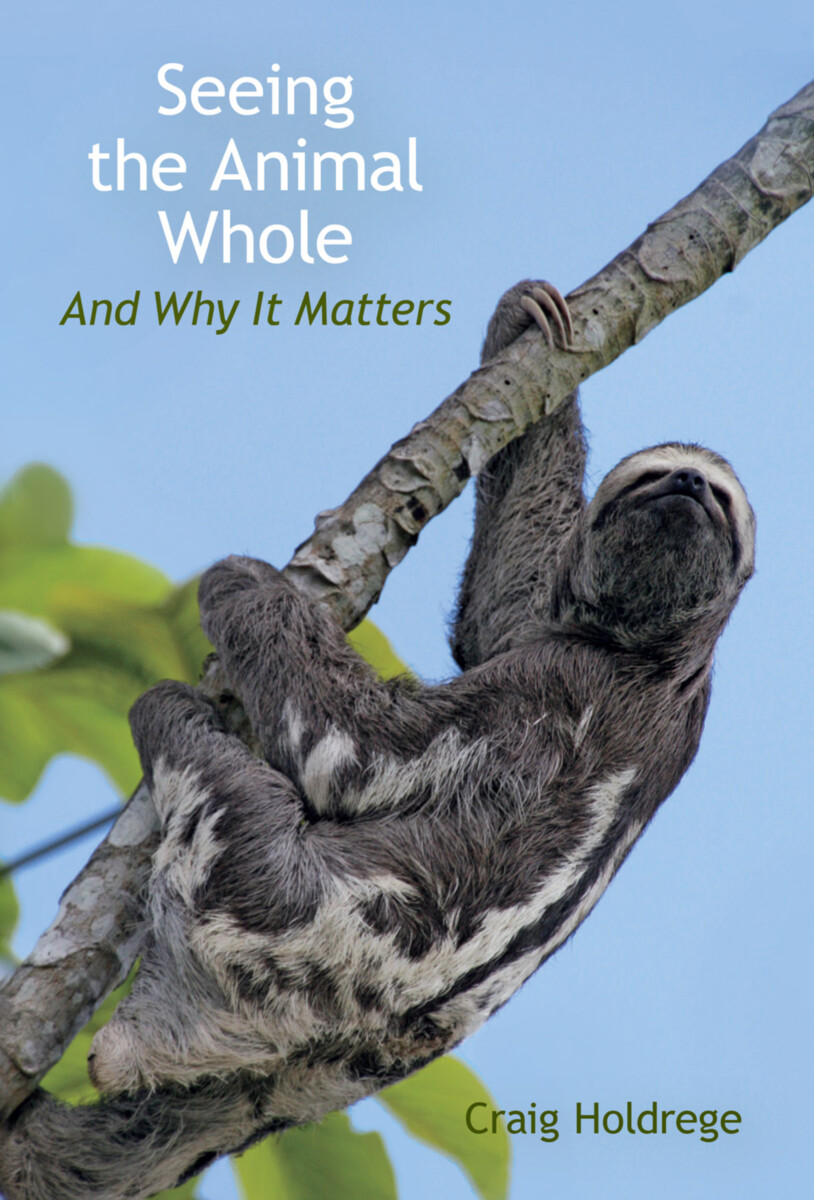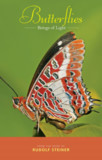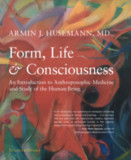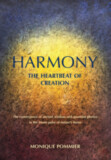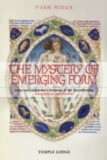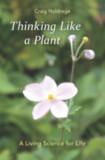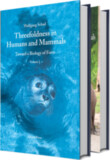Seeing the Animal Whole
And Why It Matters
- Publisher
Lindisfarne Books - Published
16th February 2021 - ISBN 9781584209034
- Language English
- Pages 352 pp.
- Size 6" x 9"
“We conceive of the individual animal as a small world, existing for its own sake, by its own means. Every creature is its own reason to be. All its parts have a direct effect on one another, a relationship to one another, thereby constantly renewing the circle of life. Thus, we are justified in considering every animal physiologically perfect.” —Goethe
Every animal on earth has its own unique character—the slow sloth, the burrowing mole, the towering giraffe, the huge but flexible elephant. In vivid portrayals of nine different animals, Craig Holdrege shows how all of an animal’s features are interconnected and reveal the animal as a whole. Moreover, every animal intersects with and influences the larger environment in dynamic ways.
Seeing the Animal Whole provides a nuanced sense for what it means to be a living being. With the open-ended question “Who are you?” and with the will to let the animals themselves be his guide, Holdrege avoids the pitfalls of mechanistic and anthropomorphic perspectives that skew our concepts of animals and even lead to their mistreatment.
This book presents an integrative view of animals and nature that you won’t find elsewhere. The author presents a different way of seeing and relating to nature, leading to a groundbreaking understanding of animal development and evolution as creative processes with the animals as active participants.
Further evolution of life on earth depends largely on human activity, and this book shows a way to learn from nature’s living qualities so we can further—rather than disrupt—the health of the planet—which belongs to all of its inhabitants. And that matters.
C O N T E N T S:
Introduction
PART I: PORTRAITS
1. In Praise of Slowness: What Does It Mean to Be a Sloth?
2. The Flexible Giant: Approaching the Elephant
3. How Does a Mole View the World?
4. Where Does an Animal End? The American Bison
5. The Intertwined Worlds of Zebra and Lion
PART II: RETHINKING DEVELOPMENT AND EVOLUTION
6. Why Does a Zebra Have Stripes? (Maybe This Is the Wrong Question)
7. The Giraffe’s Long Neck: From Evolutionary Fable to Whole Organism
8. Do Frogs Come from Tadpoles?
PART III: TAKING RESPONSIBILITY
9. The Dairy Cow and Our Responsibility to Domesticated Animals
10. A Biology of Beings
Acknowledgements
Notes
References
Index
Craig Holdrege
Craig Holdrege, PhD, is co-founder and director of The Nature Institute in Ghent, New York (natureinstitute.org), an organization dedicated to research and educational activities applying phenomenological, contextual methods. He is the author of numerous articles, monographs, and books, including Thinking Like a Plant: A Living Science for Life, and gives talks, leads workshops, and teaches courses nationally and internationally.


